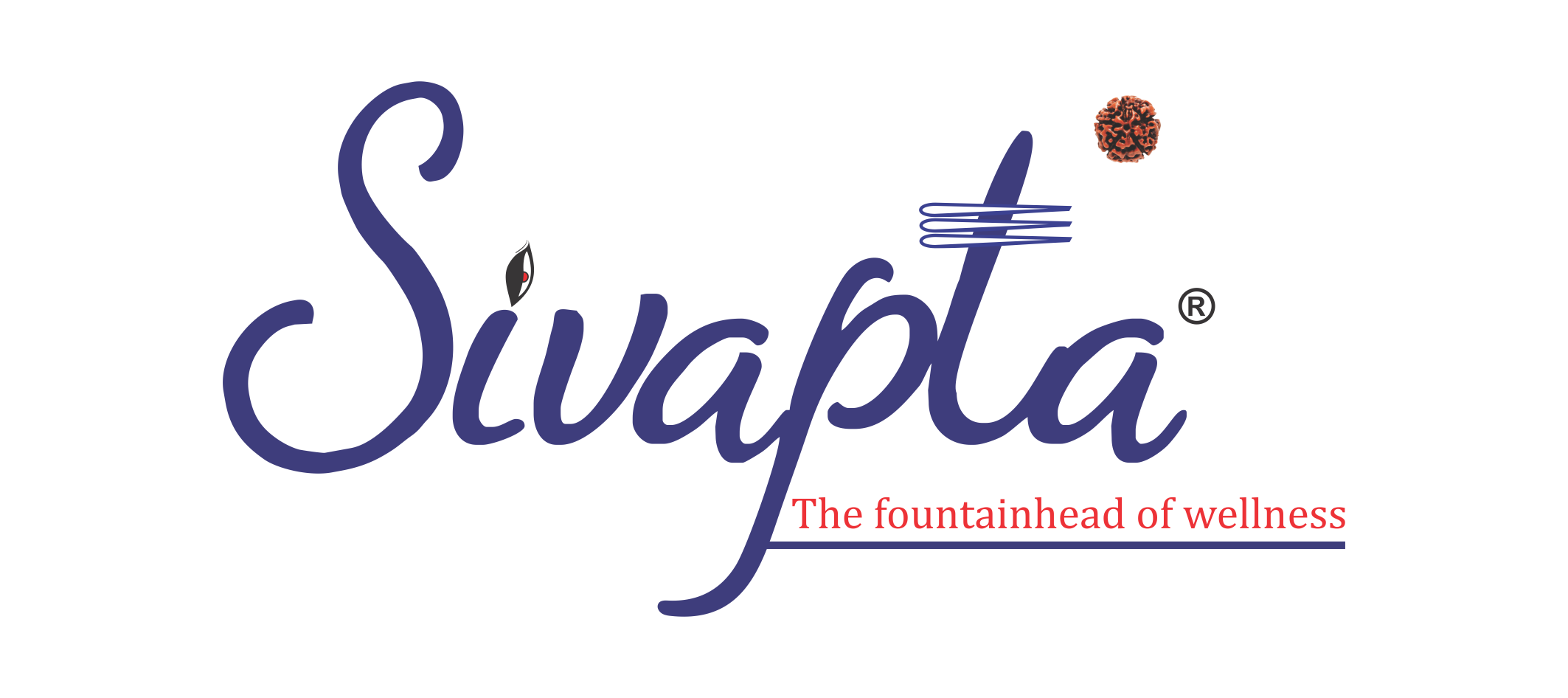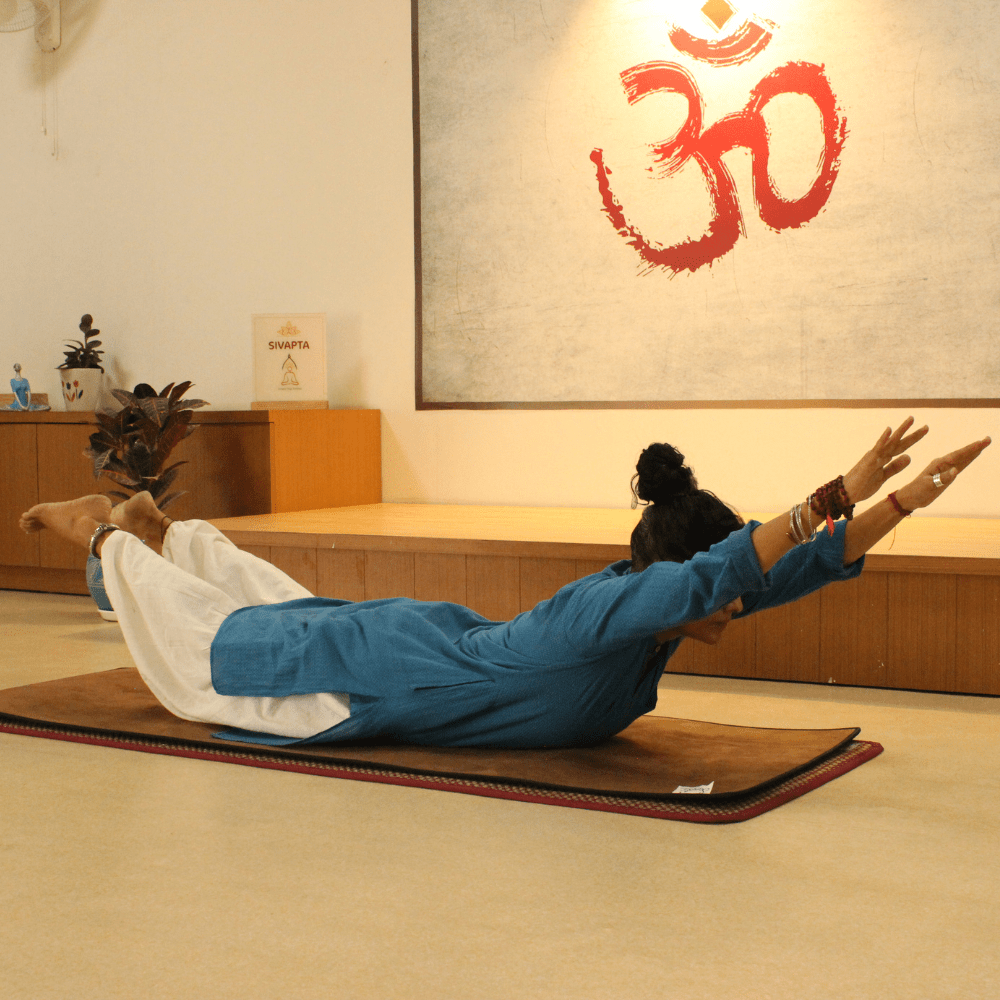Introduction
In the bustling world of modern lifestyles, where stress and fast-paced living have become the norm,
the ancient practice of Hatha Yoga offers a tranquil oasis for those seeking balance and harmony.
Rooted in centuries-old traditions, Hatha Yoga has been a guiding light for countless individuals on
their journey towards physical well-being, mental clarity, and spiritual awakening. One of the
foundational texts that delve deep into the philosophy and practices of Hatha Yoga is the “Hatha
Yoga Pradipika.” In this article, we will explore the essence of Hatha Yoga through the wisdom
encapsulated in this revered manuscript.
Understanding Hatha Yoga:
Hatha Yoga, as described in the Hatha Yoga Pradipika, is a system of physical postures (asanas),
breath control (pranayama), and meditation aimed at achieving a state of physical and mental
balance. The term “Hatha” itself is derived from the Sanskrit words “ha” meaning sun and “tha”
meaning moon, symbolizing the union of opposites. Hatha Yoga seeks to harmonize the dualities
within the human body and mind, promoting a holistic approach to health and well-being.
The Hatha Yoga Pradipika:
Attributed to the sage Swatmarama, the Hatha Yoga Pradipika is a seminal text that dates back to
the 15th century. It consists of four chapters, each unveiling the secrets of Hatha Yoga practices and
philosophy. The text serves as a guide, offering profound insights into the techniques and principles
that form the foundation of Hatha Yoga.
- Asanas (Physical Postures):
The Hatha Yoga Pradipika emphasizes the importance of physical postures or asanas in cultivating a
healthy and resilient body. The practice of asanas not only enhances flexibility and strength but also
serves as a preparation for higher yogic practices. The text describes numerous asanas, including the
classic Padmasana (lotus pose) and Siddhasana (accomplished pose), encouraging practitioners to
find a comfortable yet steady posture for meditation. - Pranayama (Breath Control):
The regulation of breath, or pranayama, is a key component of Hatha Yoga. The Hatha Yoga
Pradipika elucidates various breathing techniques that channel the life force (prana) within the body.
Through disciplined pranayama, practitioners can attain control over their breath, calm the mind,
and awaken dormant energies. The text introduces practices like Nadi Shodhana (alternate nostril breathing) and Ujjayi (victorious breath), providing a roadmap for harnessing the power of breath in
the yogic journey.
- Mudras and Bandhas:
The Hatha Yoga Pradipika delves into the significance of mudras (symbolic gestures) and bandhas
(energy locks) in Hatha Yoga. Mudras help redirect the flow of energy within the body, while
bandhas aid in retaining and directing prana during pranayama and meditation. Understanding and
incorporating these practices are considered essential for advancing in the yogic path, fostering a
deeper connection between body and mind. - Samadhi (Meditation):
The ultimate goal of Hatha Yoga, as outlined in the Hatha Yoga Pradipika, is the attainment of
samadhi – a state of profound meditation and self-realization. The text describes the stages of
meditation, emphasizing the importance of concentration and the gradual dissolution of the ego.
Through dedicated practice, practitioners can experience a transcendence of the dualities of the
physical world and achieve a profound union with the higher self.
Conclusion:
In a world marked by constant change and external pressures, the wisdom embedded in the Hatha
Yoga Pradipika serves as a timeless guide for those seeking a path of self-discovery and holistic well-
being. Hatha Yoga, with its emphasis on physical postures, breath control, and meditation, offers a
transformative journey that extends beyond the confines of the yoga mat. By embracing the
teachings of the Hatha Yoga Pradipika, individuals can embark on a profound exploration of the
body, mind, and spirit, ultimately finding balance and harmony in their lives.

